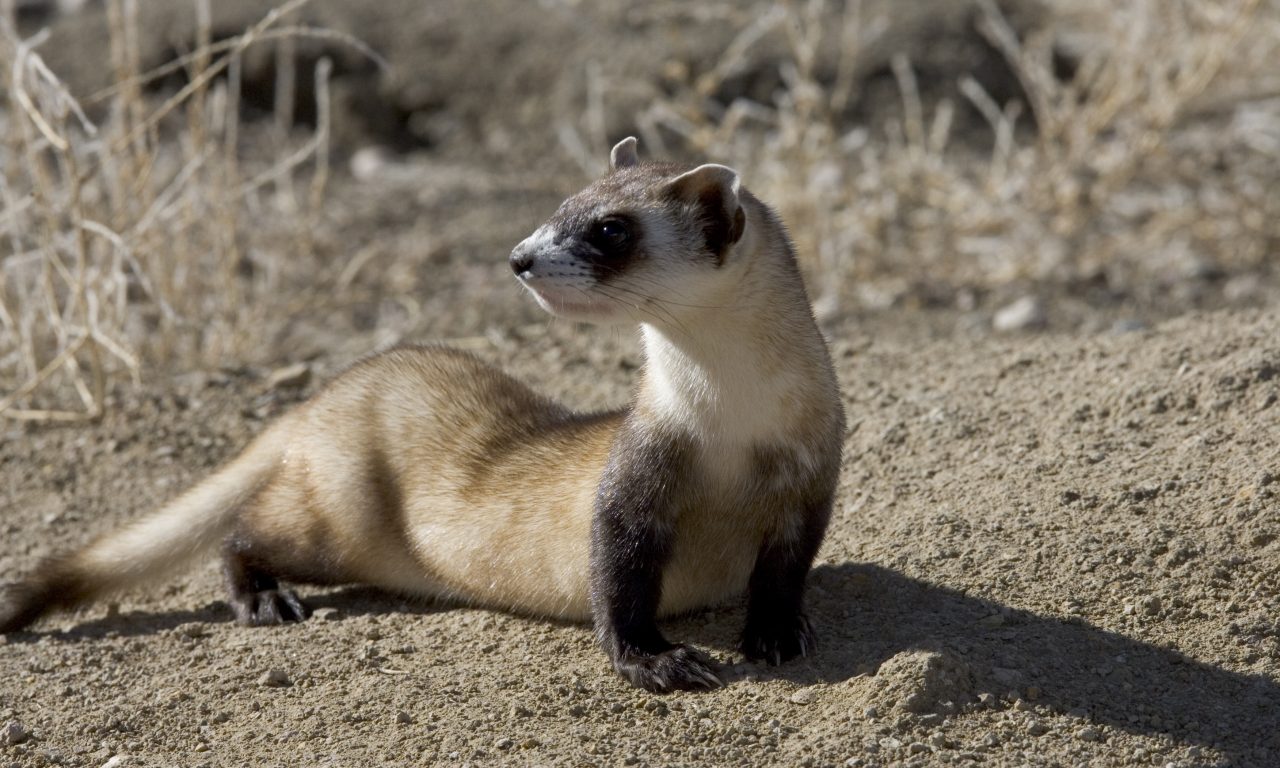“As trusted stewards of Boulder County’s future, we provide the best in public service.” So states our inspiring Boulder County mission. But as we go about our everyday work, how do we know if we’re hitting the mark?
Many years ago, the Boulder County Parks and Open Space Department developed goals and objectives to guide how we provide the best in public service in all our activities. In July, the Board of County Commissioners approved the 2020 Strategic Vision.
Developing the 2020 Vision
Staff and members of the public had a voice in crafting the 2020 Vision. Staff input began with a brainstorming session at the spring 2015 all-staff meeting, and public opinions were sought through surveys and public meetings. Managers refined the concepts at a retreat in the winter of 2015.
Public Input
Park visitors are an important constituency, and to find out their priorities for county open space, staff included a question on the five-year visitor use study deployed at 19 county open space properties during the summer of 2015. Visitors were asked to write one thing that they wanted Boulder County Parks and Open Space to achieve in the next five years. Not surprisingly, the most common responses relate to more trail access, whether that is to build more trails, or more trail connections between properties and communities. The next most common responses were to acquire more open space and to maintain and manage the properties we already own.
What Residents Want in the Next Five Years
| Priority | Response Rate |
|---|---|
| Build more trails | 14% |
| Build/open more bike trails | 10% |
| Build off-road connector trails between properties and communities | 9% |
| Don’t know or don’t live in area | 8% |
| Buy/acquire more open space | 6% |
| Maintain/manage land/preservation and stewardship of land |
6% |
| Keep up the good work | 4% |
| Flood repairs/re-open closed properties and trails | 4% |
| Improve and maintain current trails | 3% |
| Increase access to current land/open properties. | 2% |
2015 5-Year Visitor Study Results (59% or 1348 responses)
A broader perspective on public opinions comes from the telephone survey conducted by Talmey-Drake Research & Strategy, Inc. in June of 2016. The 2016 Boulder County Issues Survey was designed to test the idea of extending the existing open space tax on the 2016 ballot. Registered voters were asked to rate the importance of five overarching reasons to support the extension of the County’s open space tax. Among this constituency, the top three reasons to extend the open space tax are to preserve wildlife habitat and corridors, manage existing open space, and restore wetlands and areas damaged in the 2013 flood.
Reasons to Extend Open Space Tax
| Reason | Response Rate |
|---|---|
| Preserve and maintain wildlife/habitat corridors | 65% |
| Manage and maintain existing open space | 62% |
| Restore open space wetlands and areas damaged by 2013 flood | 60% |
| Purchase remaining targeted lands | 40% |
| Construct more trails on or connecting to open space | 39% |
Results based on 605 telephone interviews; margin of error is +/- 4%.
Following a meeting with stakeholders in March 2016, managers refined strategic categories and fleshed out objectives. Staff then presented the 2020 Strategic Vision to the department’s citizen advisory committee (POSAC) in June and to the Board of County Commissioners in July for approval and adoption.
The strategic focus will guide our daily work as well as planning efforts to navigate shifts such as climate change and demographic trends. Under Goal G, Adapt to Climate Change, objective G-4 states “Become a leader in carbon sequestration through land management.” Objective E-1: “Create a diversity plan to engage new, diverse and underrepresented populations and partners” will ensure that we meet the needs of diverse populations in our outreach and educational programming.
2020 Strategic Vision Goals:
- Complete Flood Recovery
- Improve Public Access to Lands and Information
- Protect and Restore Habitat and Species
- Acquire Significant Properties
- Plan for Demographic Shifts
- Foster Dynamic Agriculture
- Adapt to Climate Change
- Care for Cultural Assets
- Engage Volunteers in Stewardship
Some objectives reflect important planning that has been delayed in recent years due to staff and resources being devoted to flood recovery. Examples include the Wildlife Policy (C-1), Visitor Use Policy (C-1) and Cultural Resource Management Policy (H-1).
One new and exciting project, C-4: Reintroduce Black-footed ferrets, reflects public sentiment about the importance of wildlife habitat and species. Objectives B-2, B-3, B-4 will add 13 miles of new trails at the Toll, AHI, and other properties, and B-5 addresses regional trail connectivity.
Objective F-1 would convert 25 percent of agricultural land to organic practices by 2020, which stretches the original 20 percent goal set forth in the Cropland Policy.
See the full list of 2020 Strategic Vision goals and Objectives.


